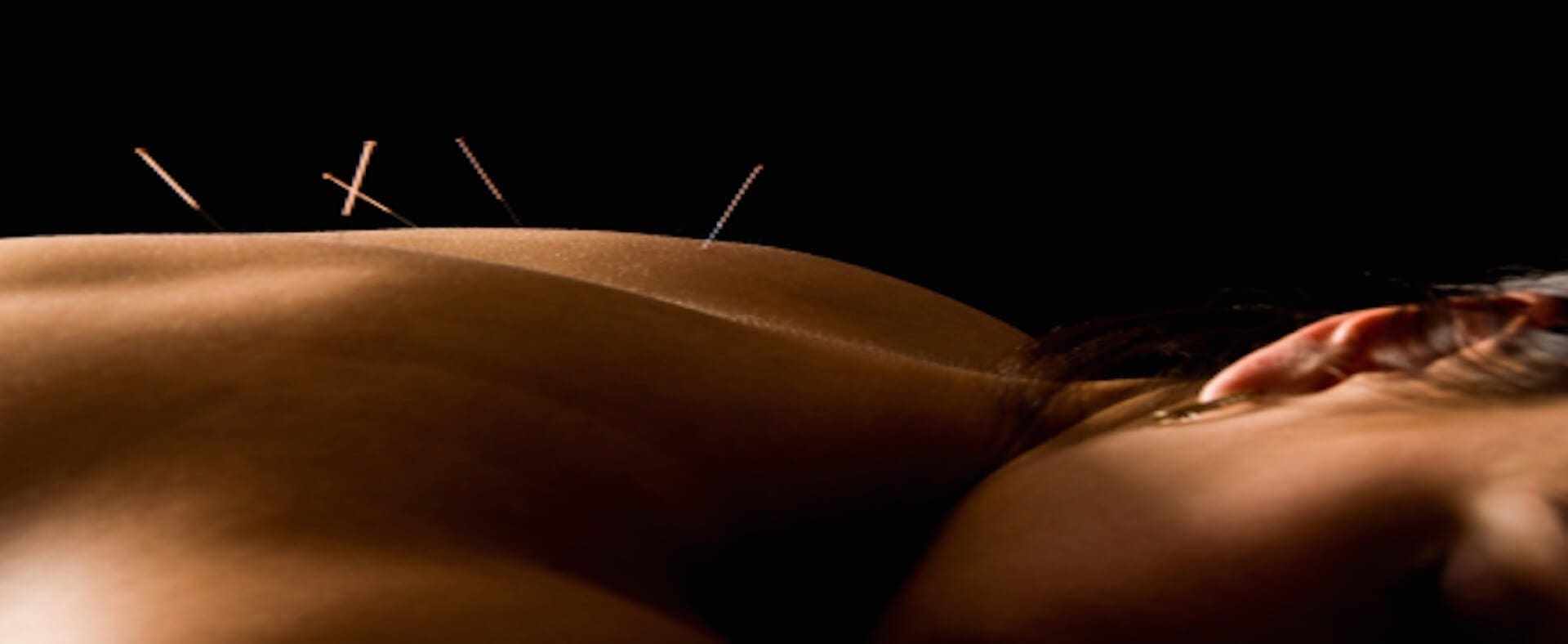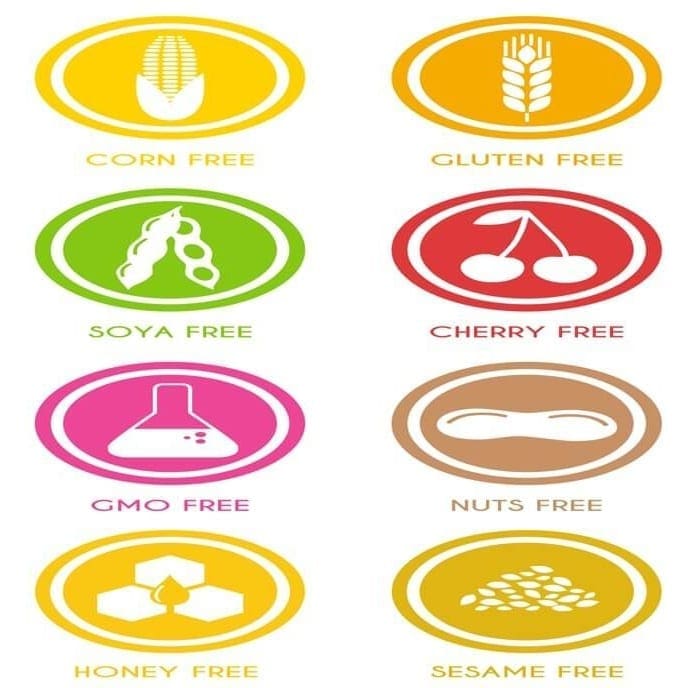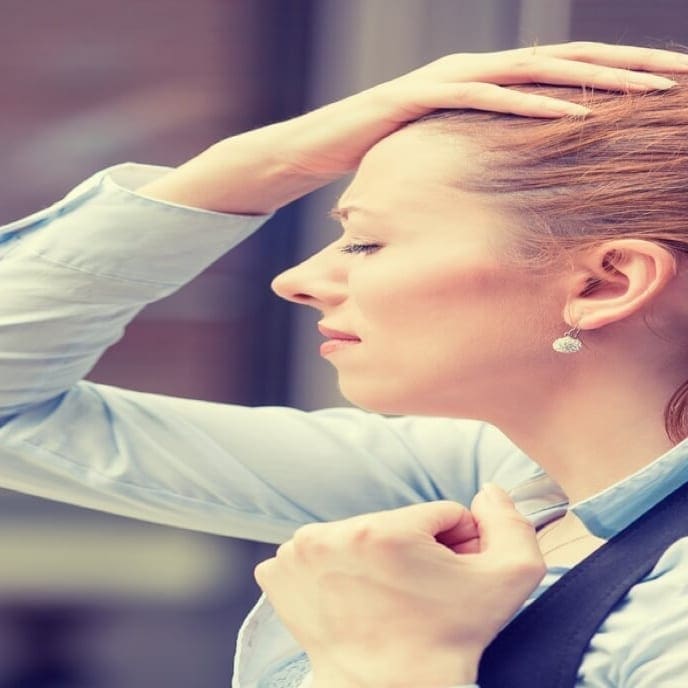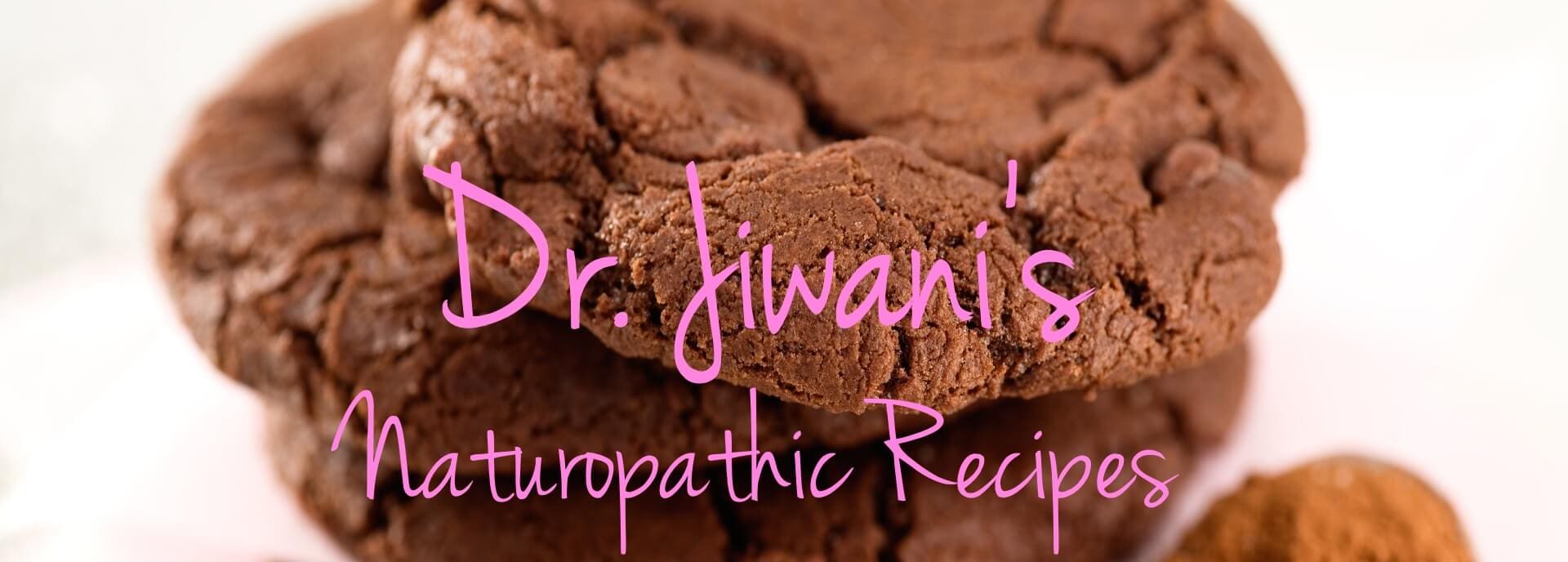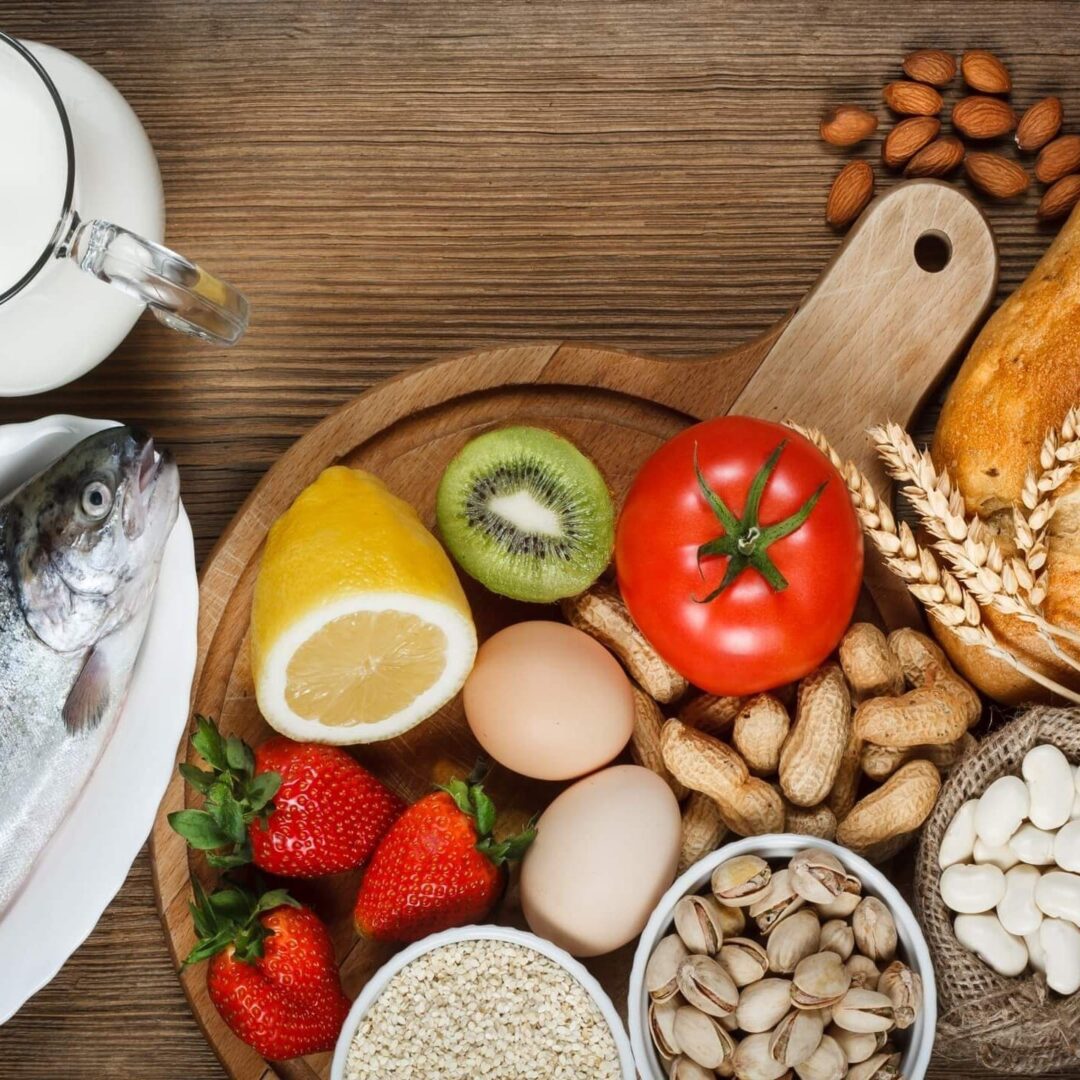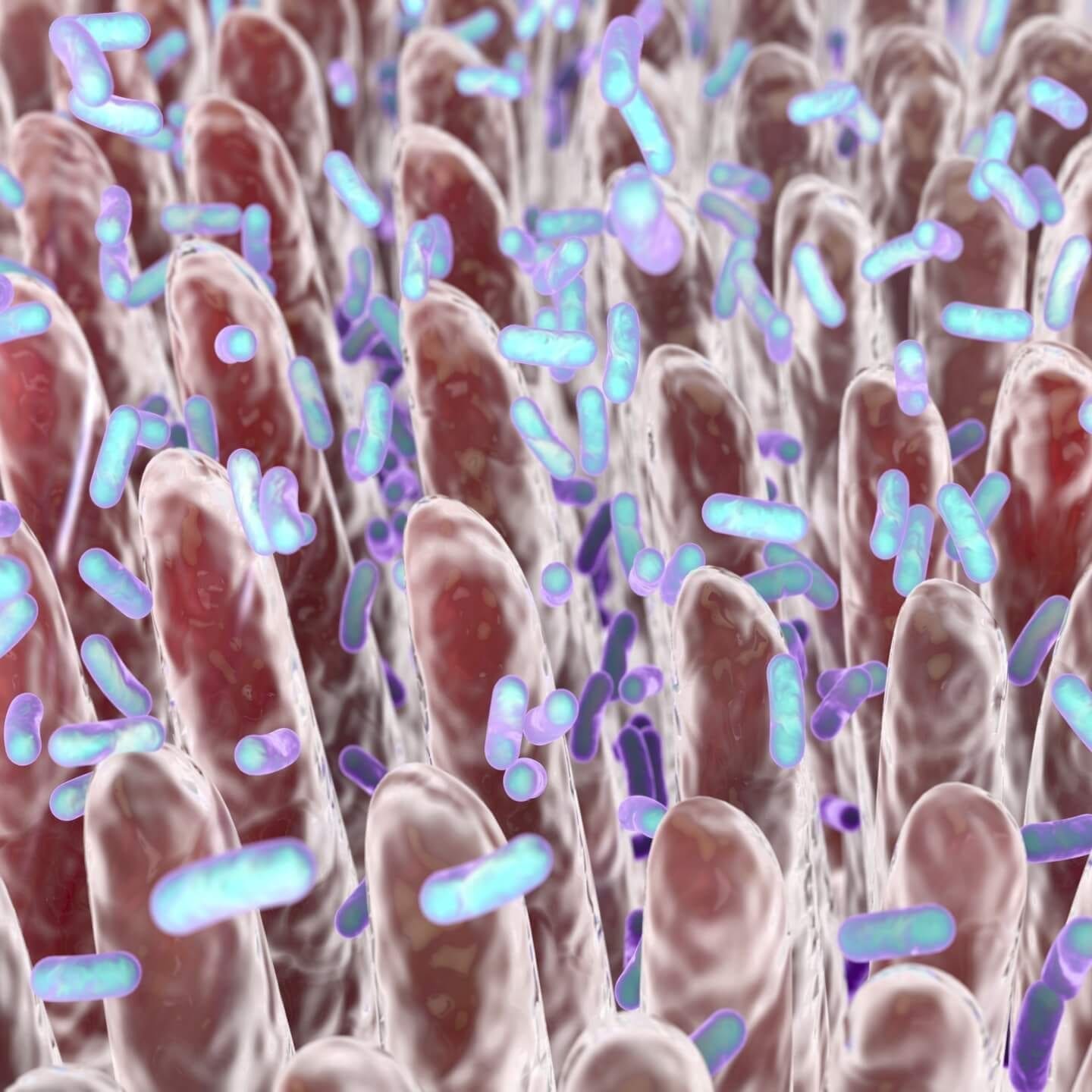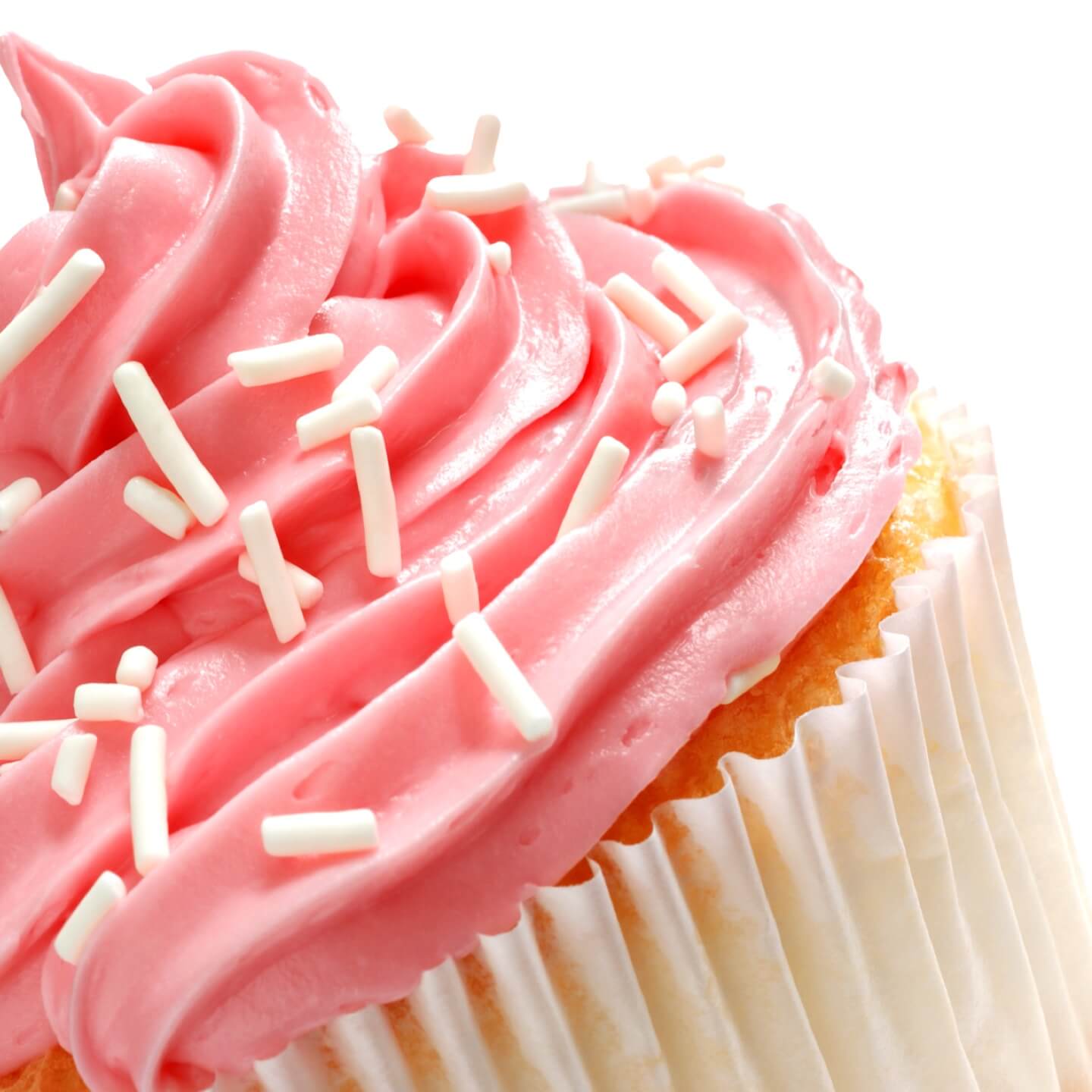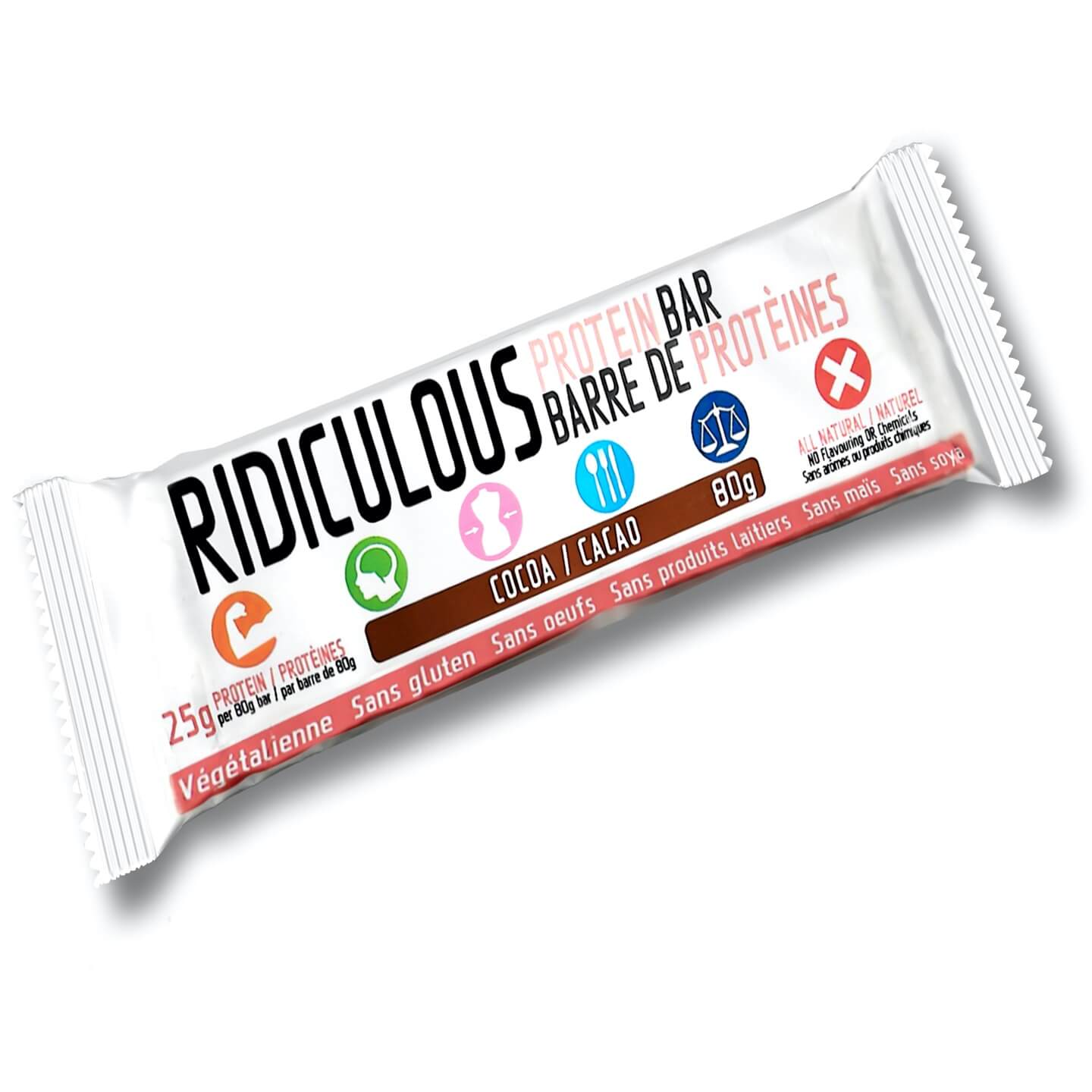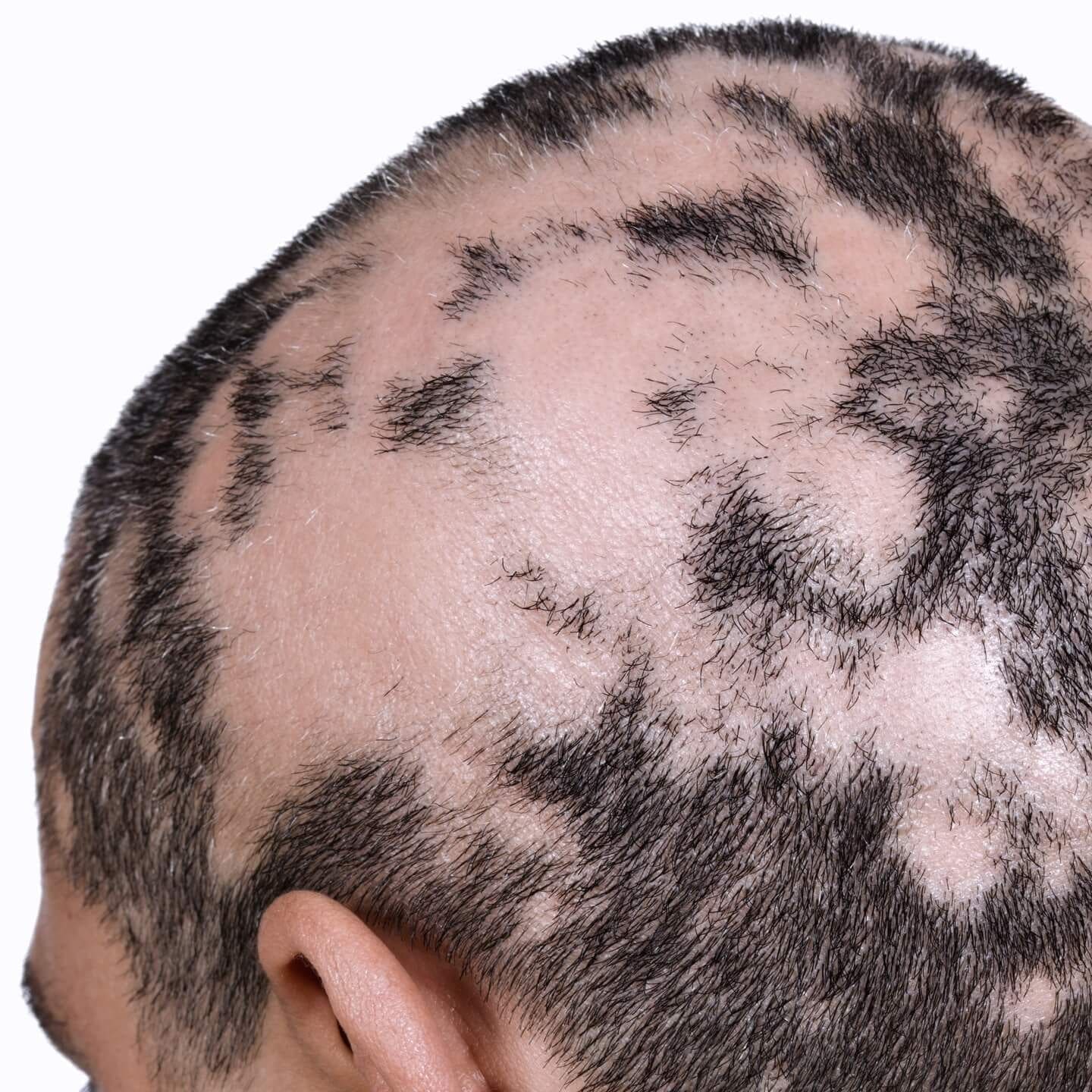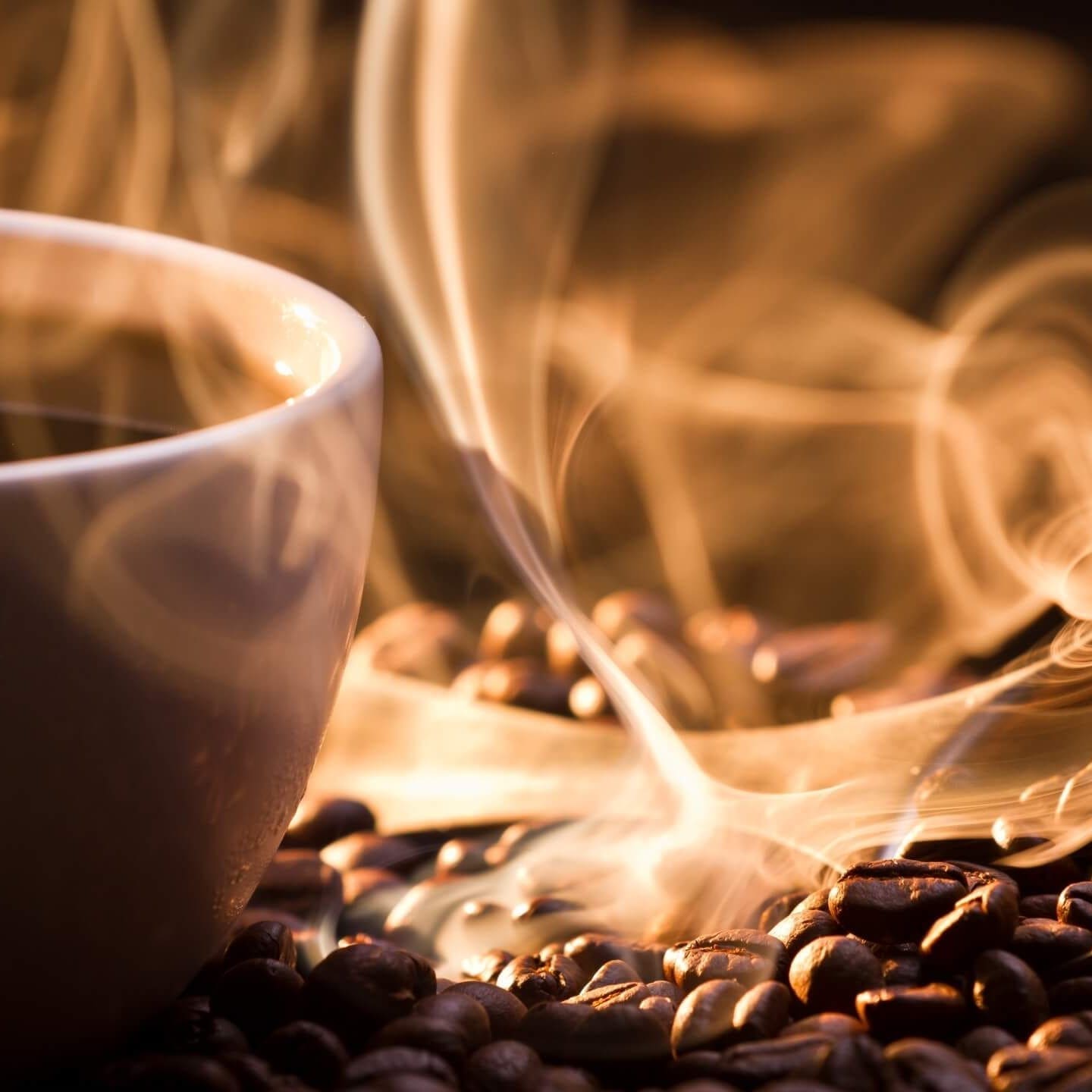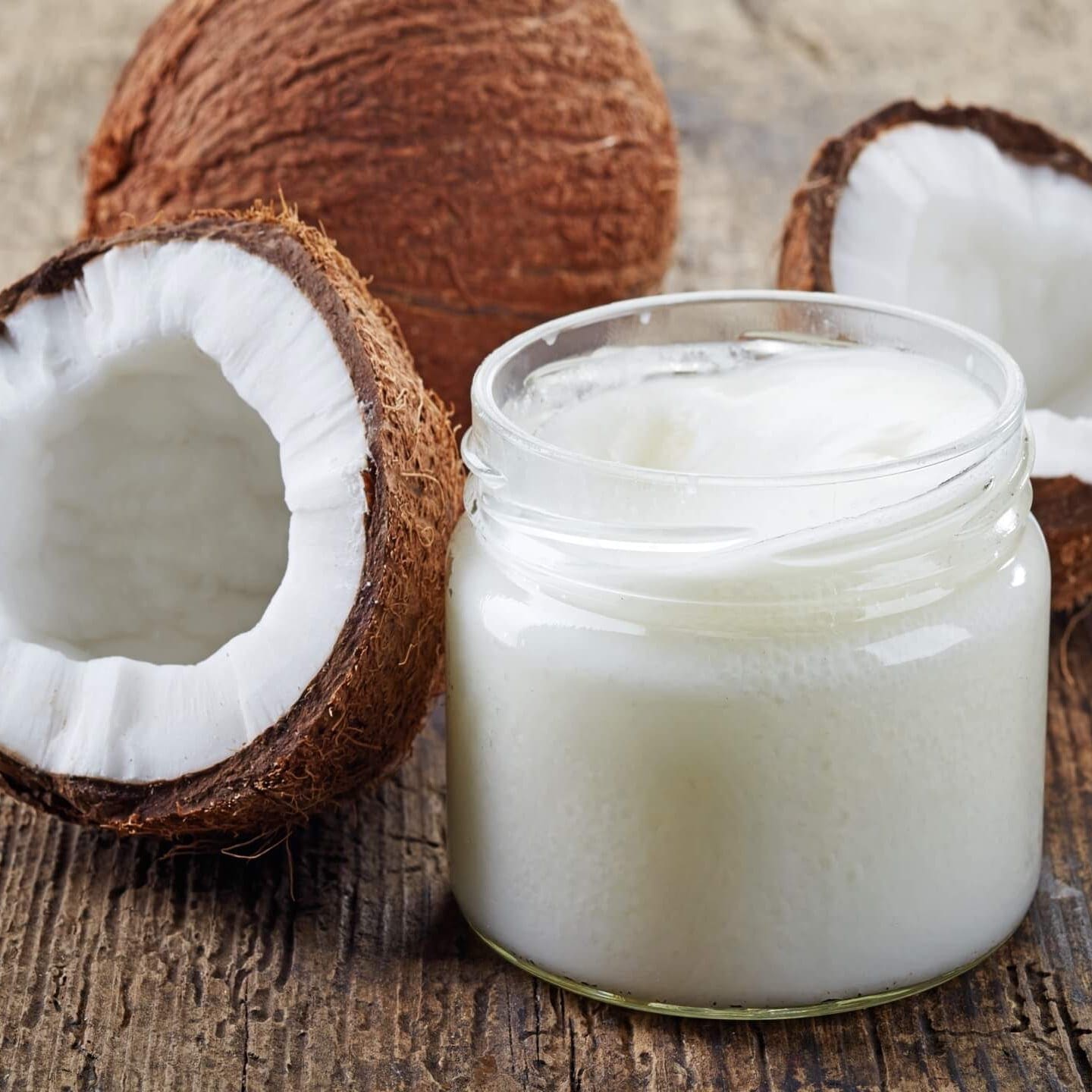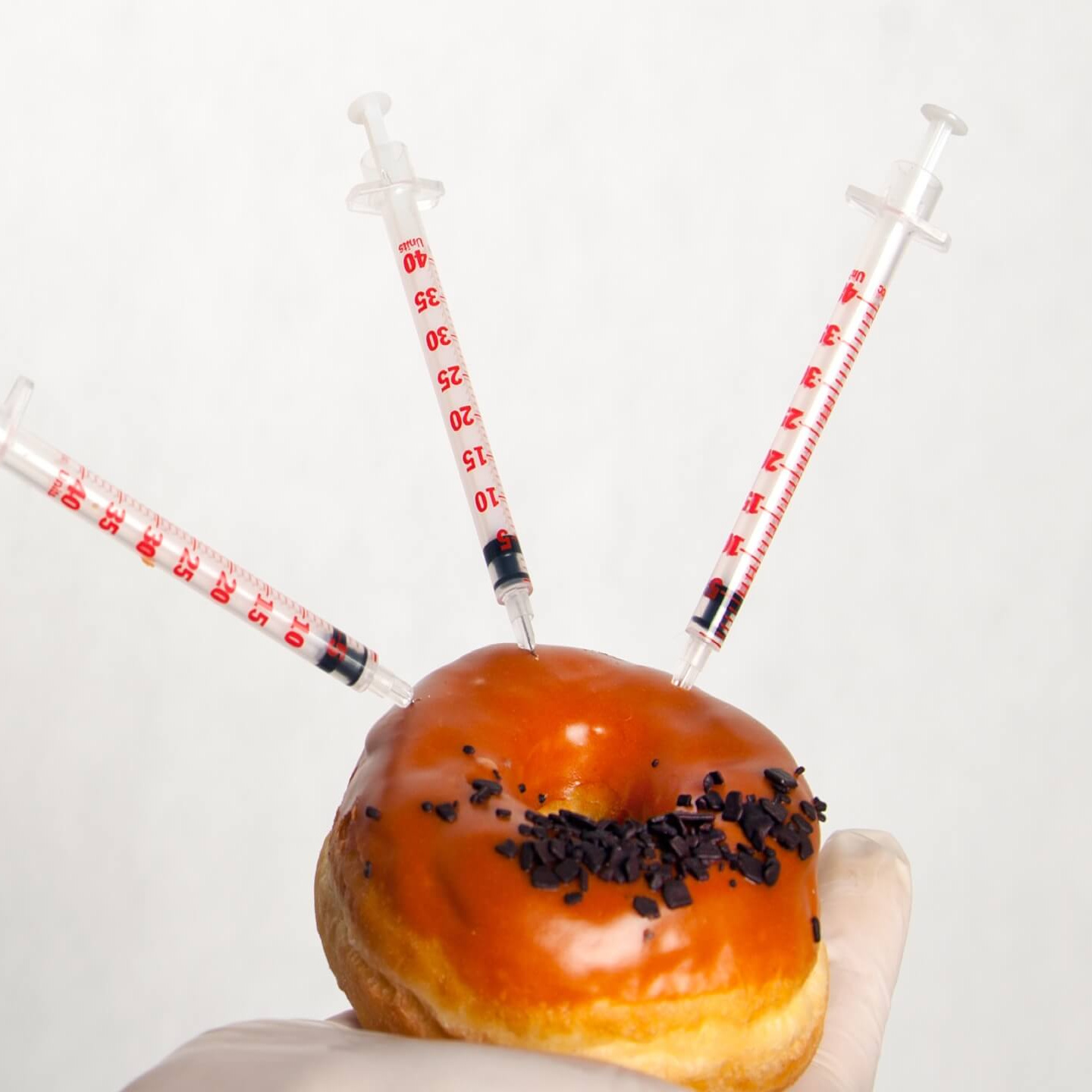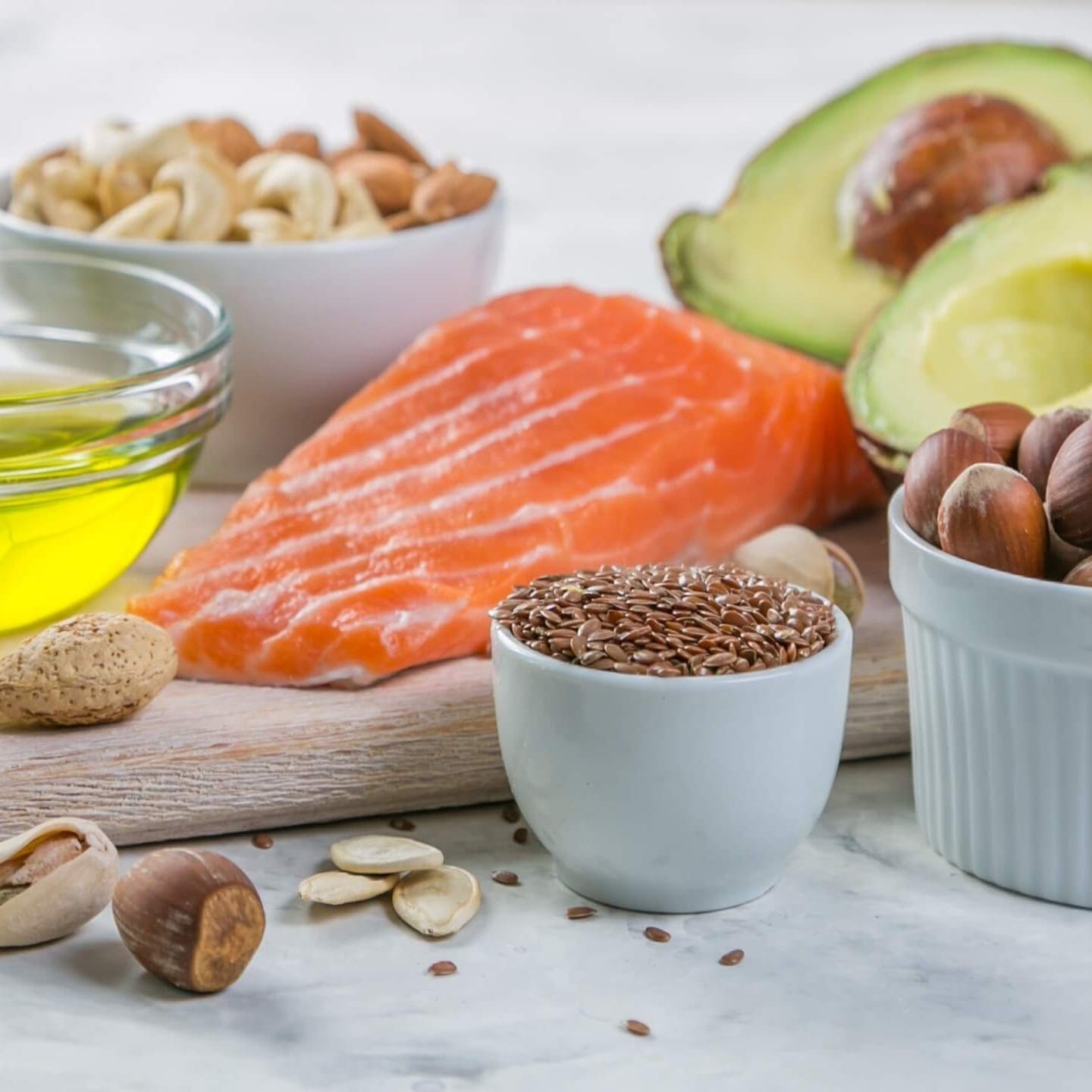Acupuncture: The Ancient Asian Art of Healing
Acupuncture, the ancient Chinese art of healing, has become increasingly popular the world over. During the past few decades, it has proven remarkably effective. Although 5,000 years old, the art and science of Acupuncture has continued to evolve and many excellent research studies are currently being conducted. Many new explanations for the effectiveness of Acupuncture have been put forth. However, to date we do know that there is an increase in endorphins (naturally occurring morphine-like chemicals, known to have many wide-reaching functions) James Reston, a reporter covering President Nixon’s 1972 trip to China, successfully received acupuncture for an abdominal condition, which in part sparked the latest resurgence of interest.
Objective Effects of Acupuncture:
- Analgesia or Pain Relief
- Sedation for Addictions (i.e. Drugs, Cigarettes & Alcohol) as well as Eating Disorders
- Homeostatic or Regulatory ( the adjustment of the internal environment of the body towards a state or normal balance)
- Immune enhancing action, strengthening the body’s resistance to disease
- Psychological or Neurological effect (i.e. Anxiety, Insomnia). Studies have demonstrated actual changes in brain chemistry – not a placebo effect.
- Motor Recovery, in certain cases of motor paralysis.
Acupuncture is carried out by way of stimulating certain points on the body by needling, electricity or by cold beam laser. These ‘points’ were well documented by the ancient Chinese and modern science has demonstrated that they are areas of altered electrical resistance. The treatment is generally painless and good results can be expected in most cases. Whether Acupuncture works or not is no longer a question today. The only question is, how exactly does it work? After several decades of dedicated research we still know very little of how the normal nervous system functions, let alone how it functions with disease. Part of the difficulty here lies in that Acupuncture is effective in a great variety of disorders and thus its action must vary with each type of problem. Suffice to say that Acupuncture is a complicated neuro-physiological phenomenon.
Acupuncture Treatment of Pain – Understanding Pain
The body consists of channels, which contain a continuous flow of qi and blood. Pain is created when the channel’s qi and blood become blocked. The quality and character of pain a person suffers depends on the body part affected – the channels, specific organs, etc….
Understanding Acupuncture
In order to differentiate pain, Chinese Medicine uses four methods of investigation:
- Inquiry
- Observation
- Palpation
- Listening
After identifying a diagnosis, acupuncture points are selected based on the point’s action and the indicated channels of the body. Acupuncture works by activating energy in channels of the body.
Treatments
Points are stimulated by rotating needles until the patient feels a tight, twisting sensation. Individual points have specific therapeutic effects on the body’s organs, channels and vital energy. General sessions may last fifteen to thirty minutes. Being relaxed, calm, quiet and positive helps patients maximize the benefits of acupuncture treatments.
Contra-Indications of Acupuncture
If you have any of the following conditions, acupuncture treatments are contraindicated:
- Intoxication
- Extreme Anger, Shock, or Fright
- Exhaustion
- Extreme Hunger or Thirst
- Immediately After Meals
- Pregnancy
- Infants and Young Children
- Hemophilia
- Use of Anticoagulant Medication
FAQ Acupuncture
What are the Origins of Acupuncture?
Acupuncture was developed during the clan commune period of primitive society in China.
What is an Acupuncture Needle made of?
Classics of two thousand years ago cite that acupuncture instruments made of stone. With the introduction of iron, stone needles were replaced by metal. Generally, needles are made from stainless steel wire.
What Theories are applied in Acupuncture Treatment?
Acupuncture is based on the theories of Yin-Yang, the Five Elements, the Organs and Bowel, and the Channels and Collaterals.
How Can Acupuncture Improve Health?
According to the Traditional Medical Theory, there are three functions:
- Balance Yin and Yang
- Smooth and unblock the Meridians and Collaterals
- Promote the Healthy Qi and release the Evil Qi
- According to the Western Medical Theory, there are also three functions:
- Hormonal balance
- Analgesia by releasing endorphins (the body’s own pain killer)
- Immune support by enhancing the production of white blood cells
Common Terms
Qi
An energy which is both physical and spiritual. The essential life – force or vital energy that animates all forms of life in the universe. Means “breath” and “air”
Channels
The main pathways for energy flow in the body
Collaterals
The passages that connect the main channels
Yin & Yang
Conceptual terms central to both Taoist philosophy and Chinese medicine. The two primordial cosmic forces of all natural phenomena and life processes. Mutually dependent and ideally in relative balance. Yin refers to cool, moist, contracting, female, dark…. Yang refers to hot, dry, expanding, male, light…
This information is for educational purposes only and does not advocate self-diagnosis. Due to individual variability, consultation with a licensed health professional, such as a licensed naturopathic physician is highly recommended, prior to starting a natural treatment plan. For further information, see Terms of our Website.
Follow Dr. Jiwani
Popular Posts

